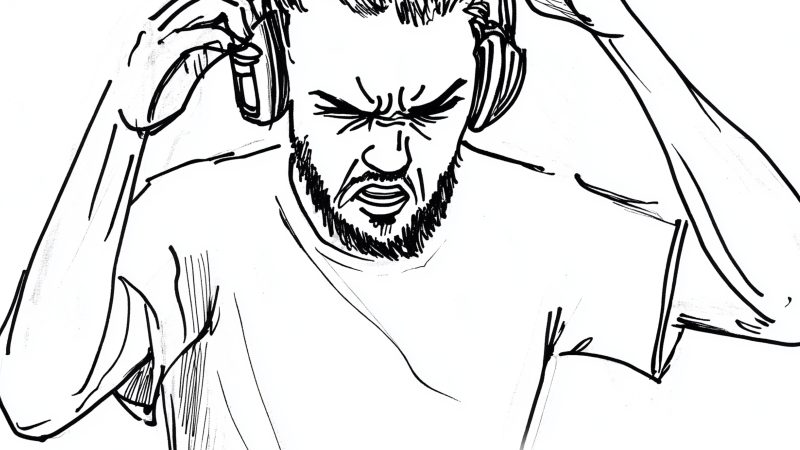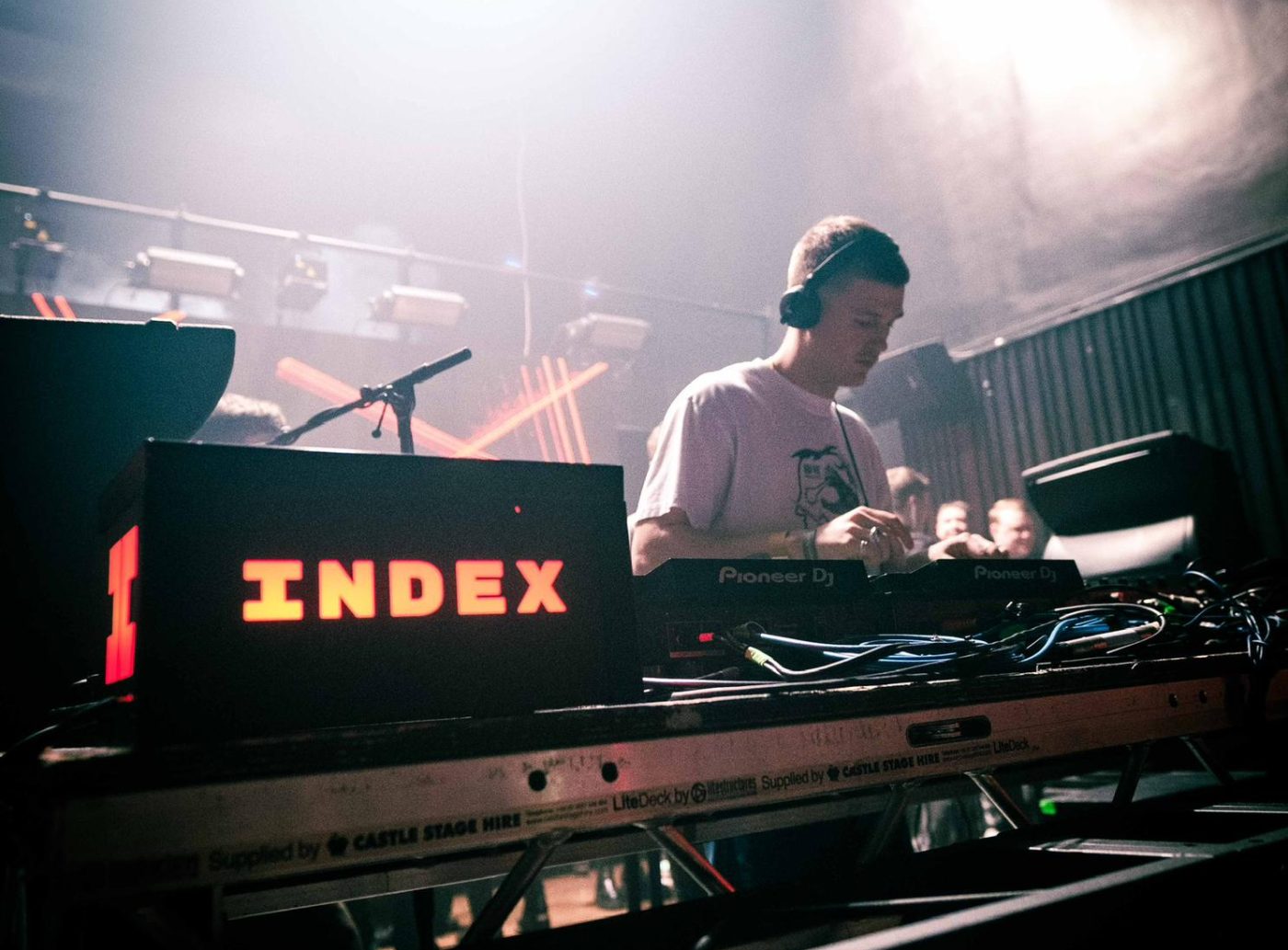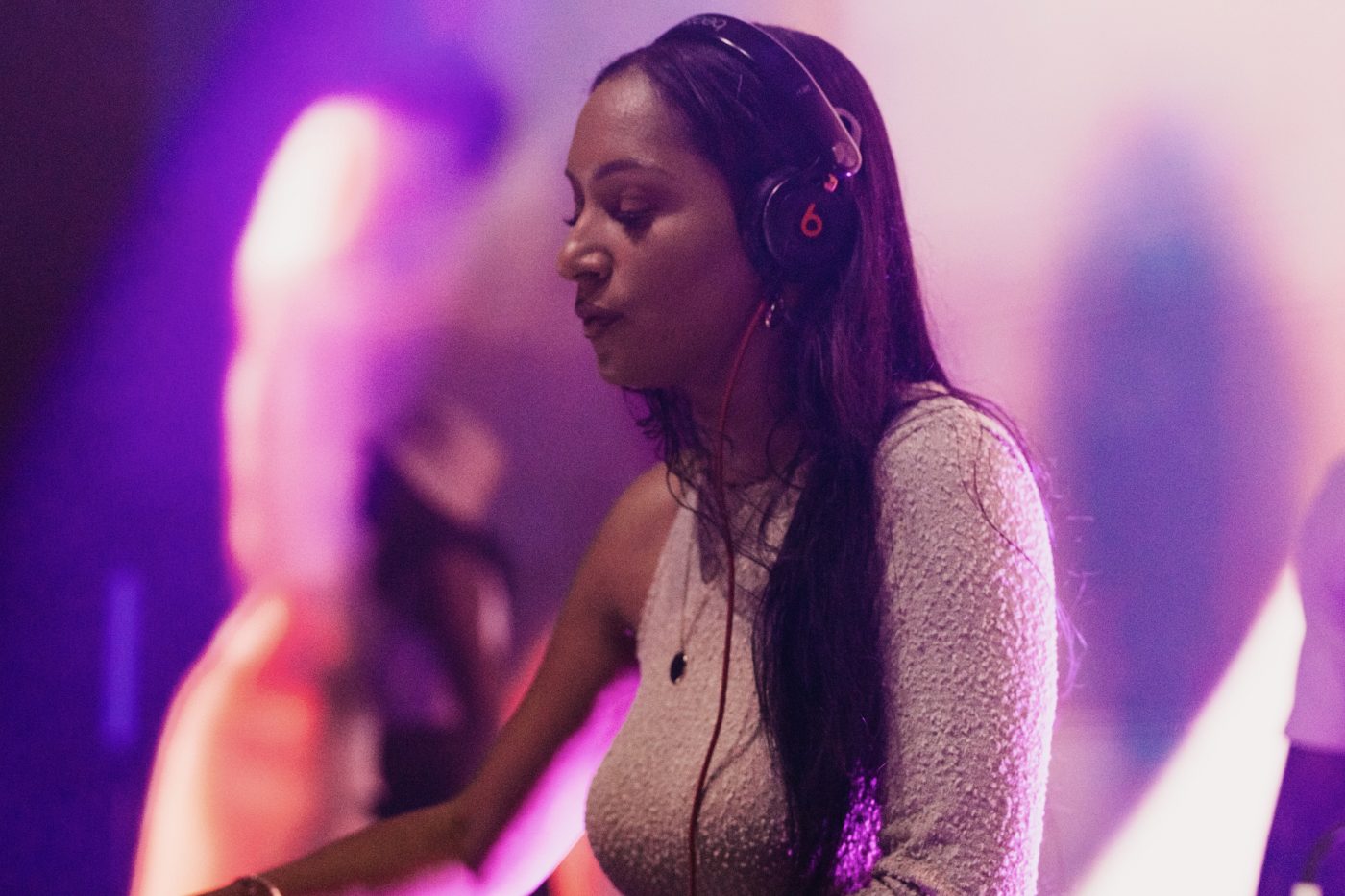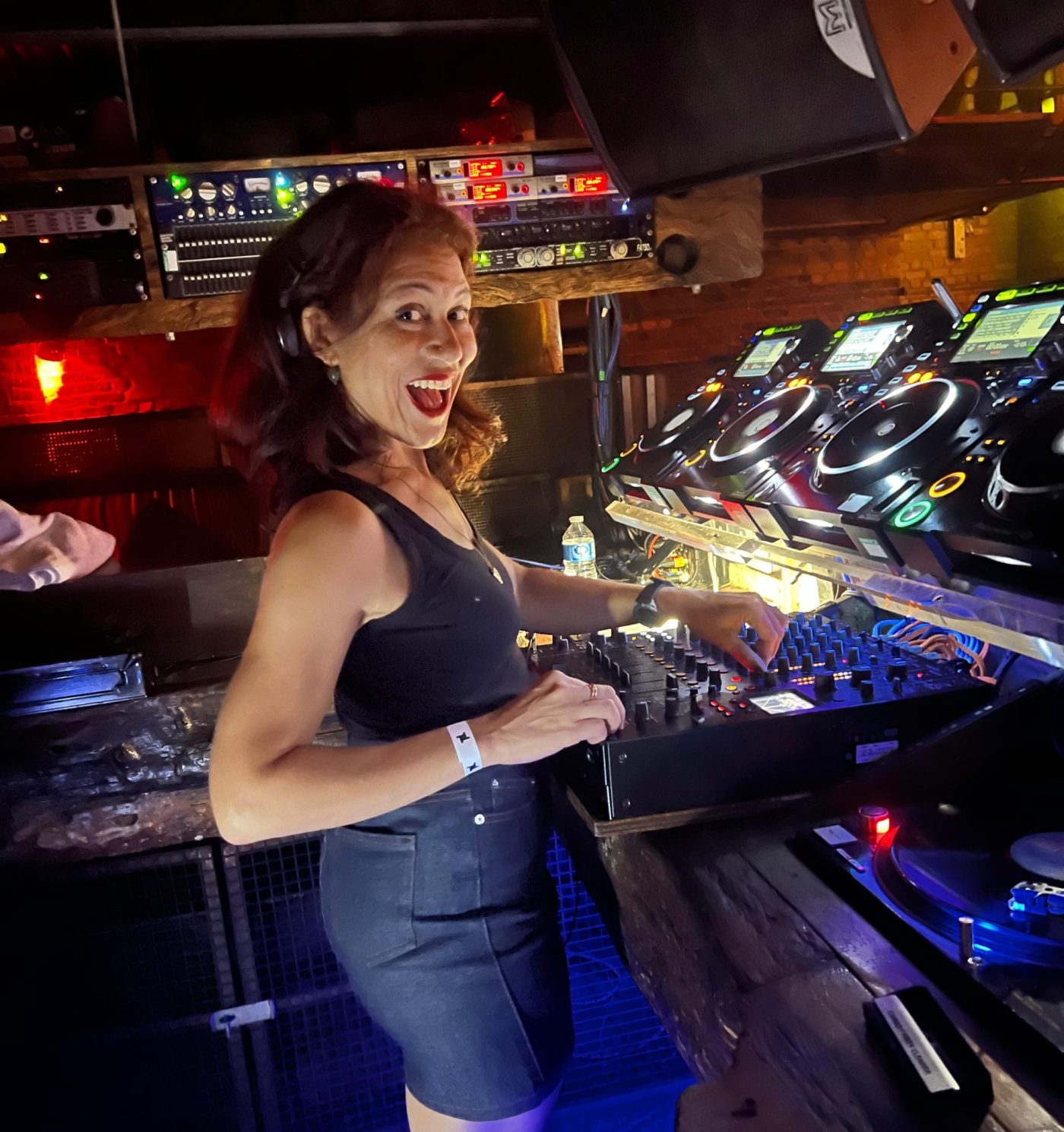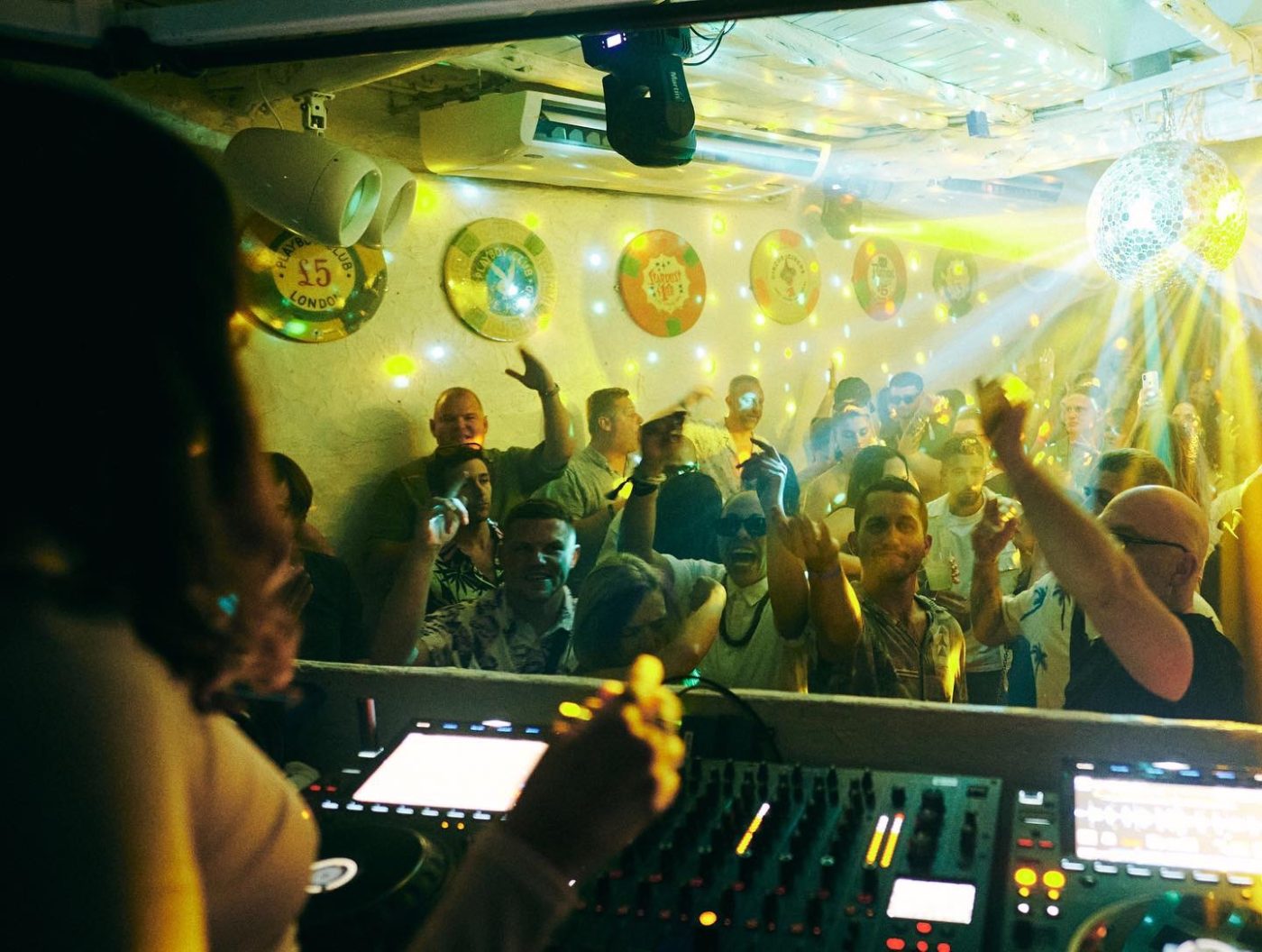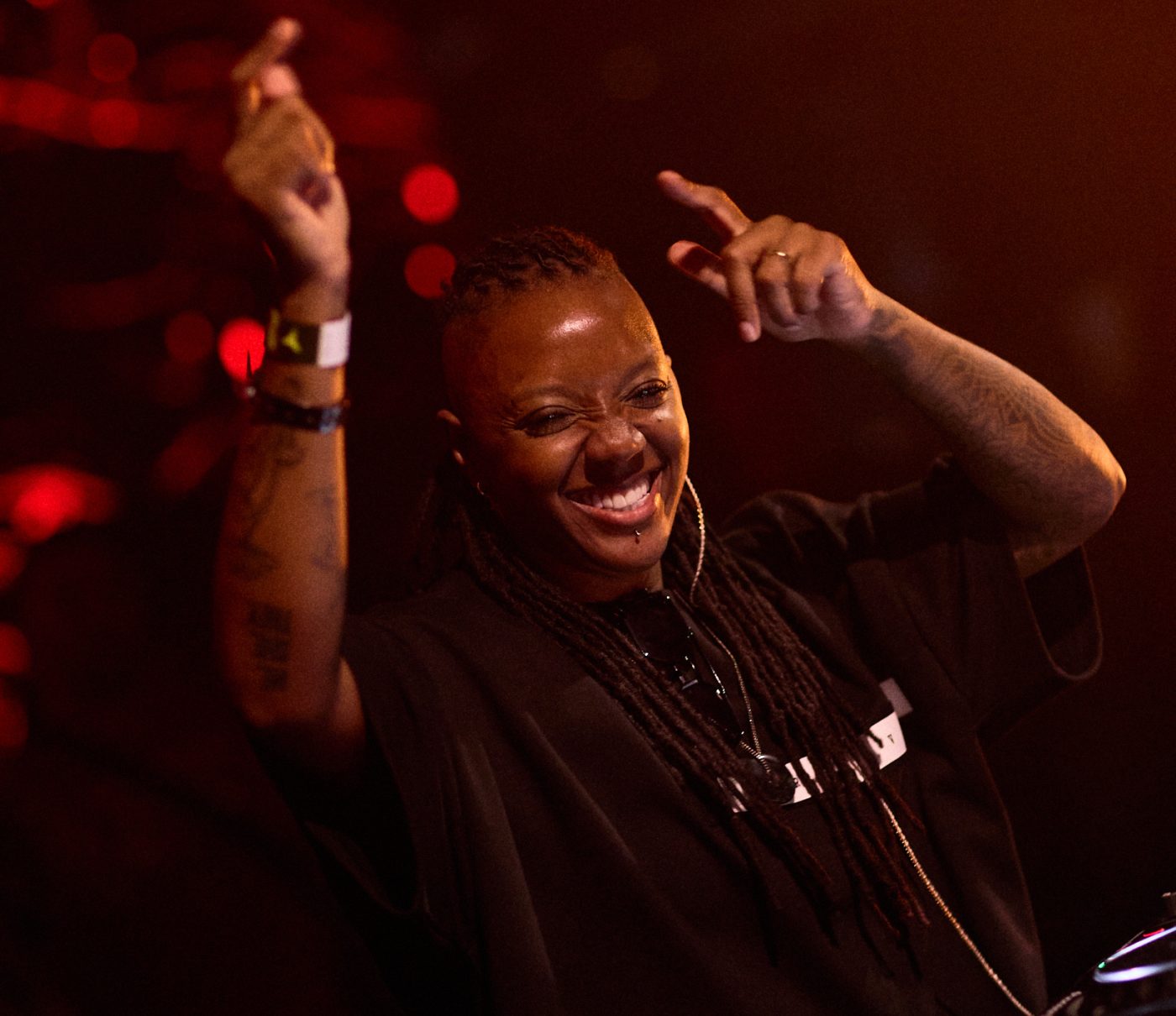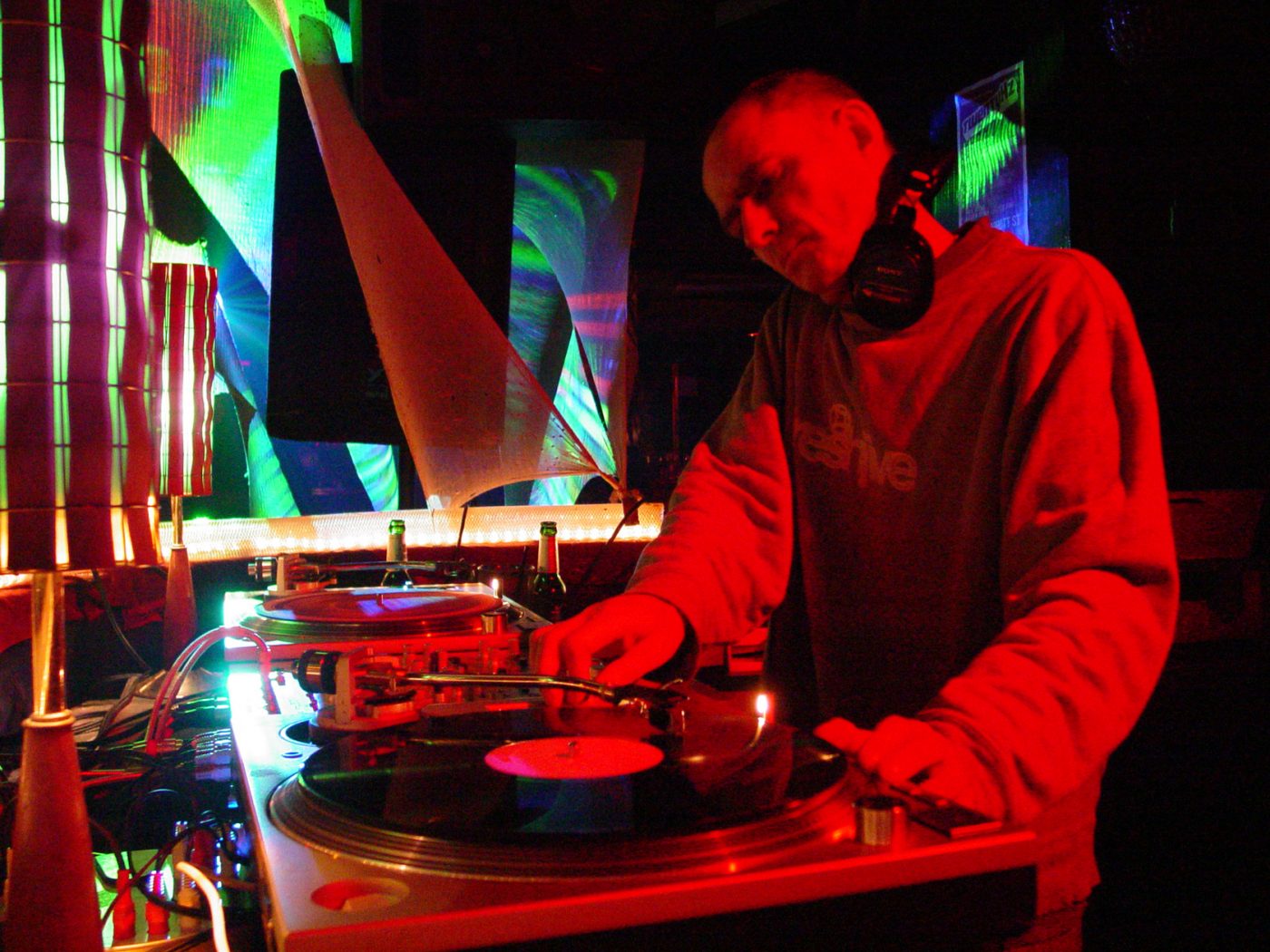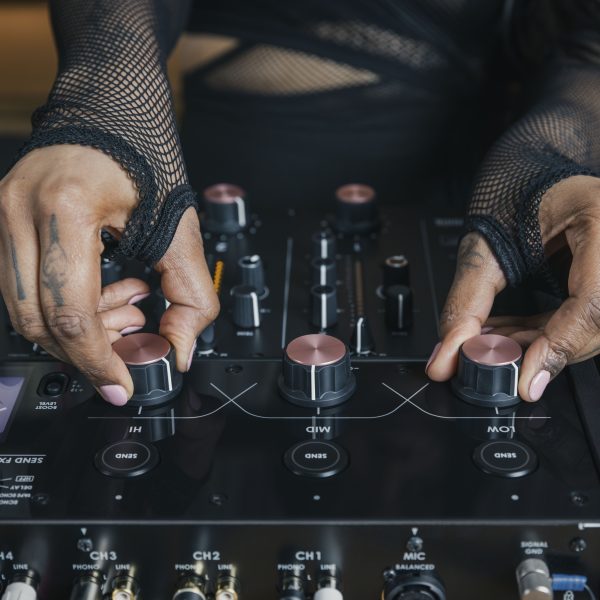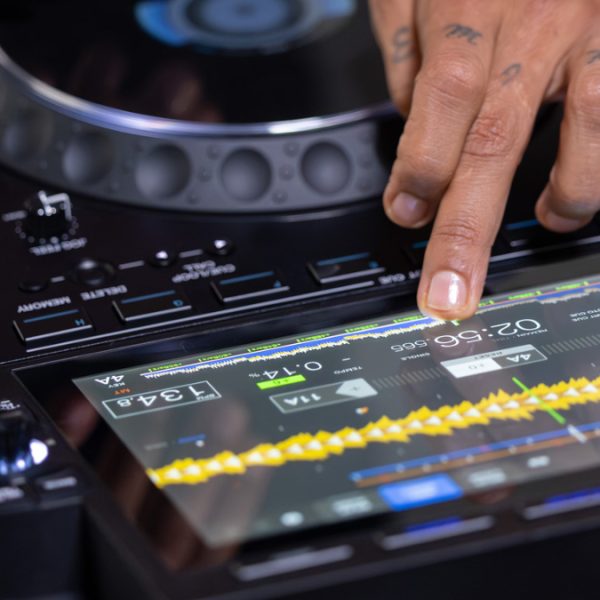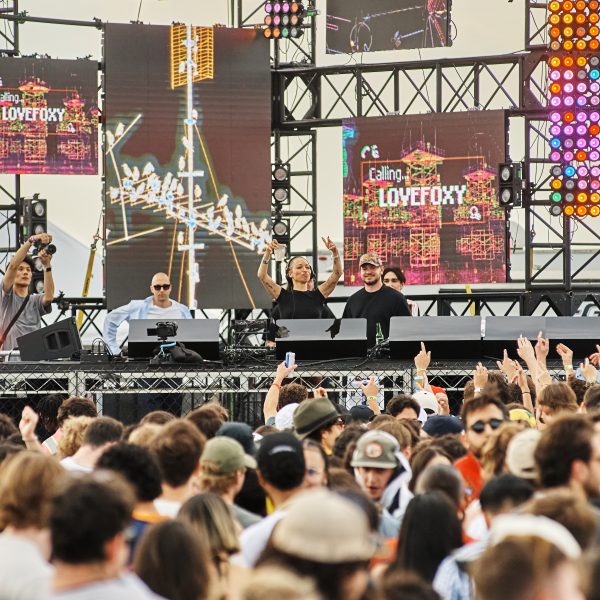2. Software and hardware failures
Firmware, software and hardware updates can be the bane of a DJ’s life. Even if you only play off a USB, there’s still potential for hiccups. Not formatting a new USB properly (look up formatting a USB to FAT32 to ensure maximum compatibility), using standard methods to transfer music onto the memory stick, running outdated versions of rekordbox, or using a USB that has slow read speed—any one of these can lead to problems.
Preparing for every eventuality might seem like overkill but, as the old saying goes, “by failing to prepare you are preparing to fail.” It may take more upfront investment of time and energy, but you’ll thank yourself later when it saves you from disaster. Having more than one USB, or maybe even a separate laptop for backup (if you can afford to) can provide another safety net. “I always make sure I have multiple USB’s with me,” said Bl3ss. “I’ll always have my core USB’s and then an extra three prepped just in case.”
“If there’s ever any issues with the equipment, I’ll try to do some troubleshooting myself and put on one of the longest tunes on my USB until the issue is fixed,” he continued. “I actually have a folder of tunes between 10 and 12 minutes long just for this scenario, and they usually keep the situation at bay before anyone realises there’s problems.”
Playing with a laptop brings other potential pitfalls. Not only is there the additional risk that the laptop simply won’t function for a multitude of reasons (hardware failure, overheating, battery problems etc.) but there’s also a chance it won’t work with the club setup. Connectivity issues and problems with the software, or hardware, are also high on the list of possible problems you’ll face.
Getting a full breakdown of the equipment you’ll be playing on ahead of the gig should be standard practice. When you become more established, a technical rider and a pre-gig soundcheck can help to avoid software and hardware failures, but it still isn’t a guarantee.
“The main challenges I face are technical issues, particularly when setting up my laptop connection to the CDJs,” said Eddie Richards. “While I know many DJs prefer to use a flash drive for simplicity, I enjoy incorporating beats, samples, and manipulating song sections in real time, so I stick with my setup despite the occasional hiccups.”
“Most issues stem from outdated club equipment, like CDJs that haven’t had a firmware update in years, or poor connectivity,” he said. “When these problems arise, I methodically troubleshoot—sometimes rebooting equipment and checking settings. To stay prepared, I always ask the previous DJ to hang around and play a few extra tracks while I resolve any issues.”

